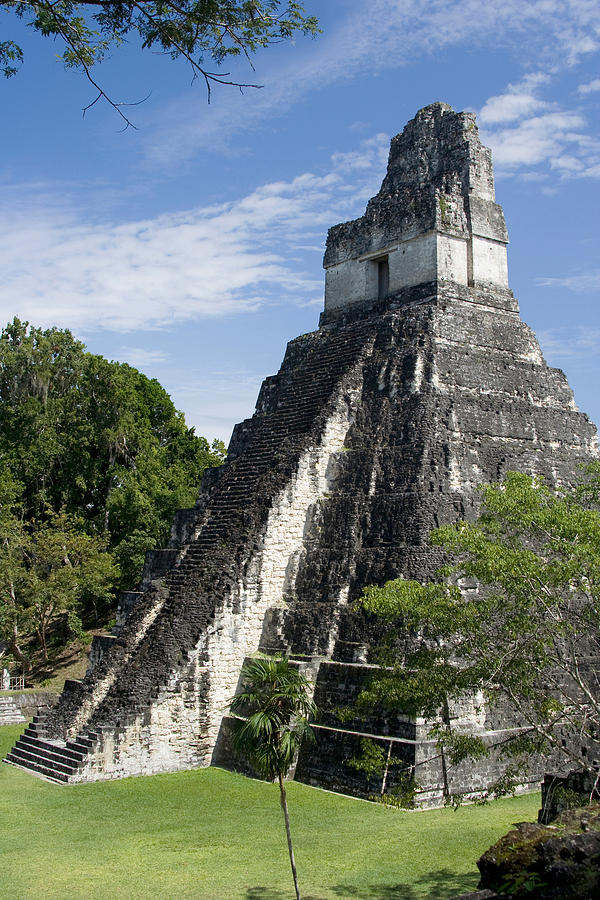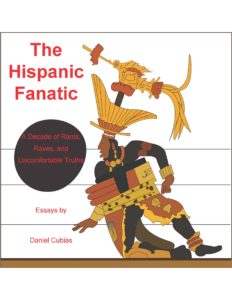Last week, I wrote about wealth inequality in this country, which has reached levels not seen since just before the Great Depression and which is largely unique to America among industrialized nations.
Basically, over the last few decades, the “richest Americans have reaped a disproportional amount of economic growth while worker wages have failed to keep pace.” And for some unknown, truly bizarre reason, millions of working-class Americans keep voting for people who only make this situation worse.
Now, at the risk of generating class warfare, let me point out that this situation is — in the words of leading economists — completely fucked up.
We simply cannot go on shoveling money to rich people, hoping that they will magically invest in dying factory towns and crumbling inner cities, when all they do, in actuality, is horde more shit for themselves.
Disbelieve me at your own peril, because there are historical precedents for powerful nations that adopted hero-worship of the rich, and it did not turn out well for them.
For an example close to my heart, let’s take a look at the Maya. Hundreds of years ago, their mighty empire covered parts of Mexico, Belize, Guatemala, Honduras, and my family’s homeland of El Salvador. Hey, there is at least a slight chance that I am descended from Mayan royalty.
Yes, let’s go with that idea.
In any case, between about 300 and 900 A.D., “the Maya were responsible for a number of remarkable scientific achievements— in astronomy, agriculture, engineering, and communications.” These were the people who were “producing rubber products about 3,000 years” before Americans figured out how to do it.
So yeah, they were the powerhouse of the era — the most advanced civilization on Earth at the time.
And then they were gone — just like that.
The Mayan empire “went from bustling cities to abandoned ruins over the course of roughly a hundred years,” creating “one of ancient history’s most intriguing mysteries: Why did the Maya, a remarkably sophisticated civilization made up of more than 19 million people, suddenly collapse?”
Well, historians have pinpointed two chief reasons for the Mayan’s abrupt demise.
The first is — you guessed it — the “increasingly parasitic role of the elite” in rotting the empire from the inside out. In essence, the richest Mayans were obsessed with building wealth, and their insatiable appetites “forced peasants and craftsmen into making a critical choice, perhaps necessary to escape starvation,” which was to abandon their farms and towns.
As a result, the rich people weren’t rich for much longer, because everybody who had knocked themselves out to serve the wealthy finally said, “To hell with this,” and took off, causing the cities to crumble.
Does this setup sound remotely familiar to anybody who has spent time in Manhattan or San Francisco — places that are so far beyond the means of the middle class that they have become enclaves of pure wealth? And all while the homeless population has surged, and working-class wages have stagnated?
Do you really have to think about the answer?
By the way, the other chief reason for the Mayan empire’s implosion is climate change.Even though “the Maya were no fools” in that they “knew their environment and how to survive within it,” they still “continued deforesting at a rapid pace, until the local environment was unable to sustain their society.”
Well, it’s a good thing nobody in a position of power today denies the severity of climate change— nope.
Historians point out that these twin factors caused the Mayan civilization to shatter, and that “the results are the ornate ruins that stretch across” Latin America today.
So let’s ask ourselves the following: Are these among the last ornate ruins that this hemisphere will see, or will another mighty civilization soon destroy itself?






